READY TO GET STARTED?
REQUEST A FREE ESTIMATE
Fill out the form below or call (888) 466-7849 for a free, no-obligation estimate.
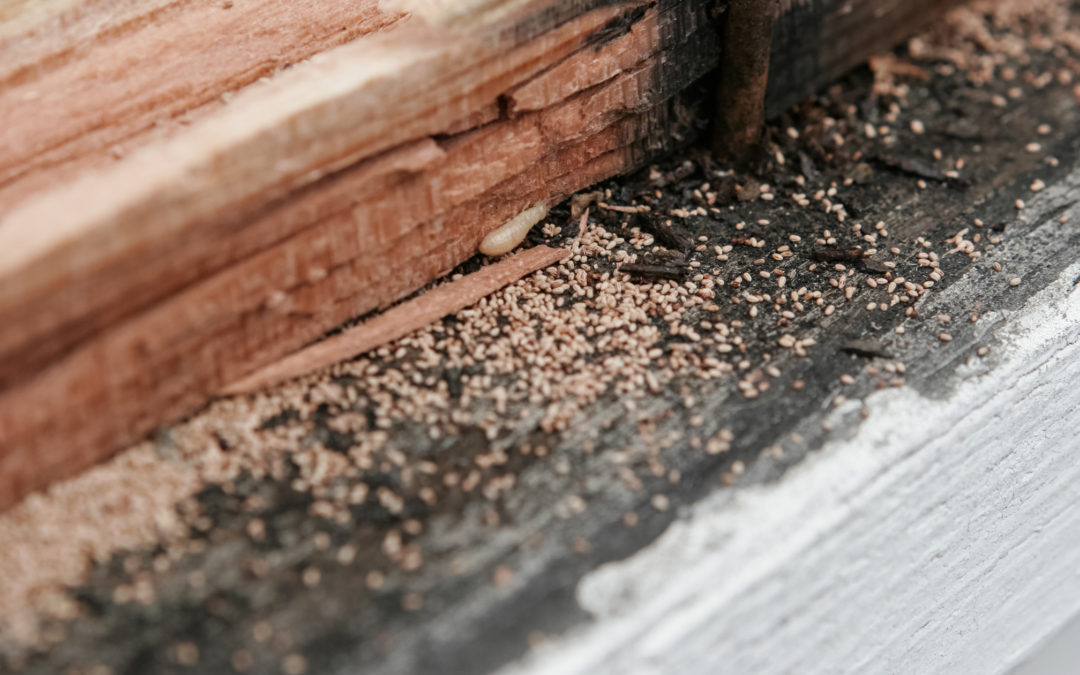
Termites are among the most destructive pests that can invade your home, often causing extensive damage before being noticed. Regular termite inspections by professionals are crucial to protect your property. If you’re searching for “termite inspectors near me,” this guide will help you understand what to expect during an inspection and how to keep termites at bay.
Yes, termite inspectors often examine the interior and exterior of your home. While termites can cause visible damage outside, their most devastating effects occur within walls, ceilings, and other structural elements, making it necessary to inspect inside. Inspectors will check basements, crawl spaces, and attics, as these areas are prone to termite activity.
If termites are detected, your pest control company may recommend the following treatments:
The cost of a termite inspection varies based on factors such as your home’s size and location. Many pest control companies offer free inspections or bundle the cost with treatment plans. Be sure to inquire about pricing when scheduling.
Termite infestations can be devastating, but routine inspections by qualified termite inspectors ensure your property stays safe. If you’re worried about “termite infestation” or “termite damage,” don’t wait until the problem worsens. Contact a reliable pest control company to inspect your home and provide effective solutions.
For trusted termite control services in Georgia, request an inspection today!
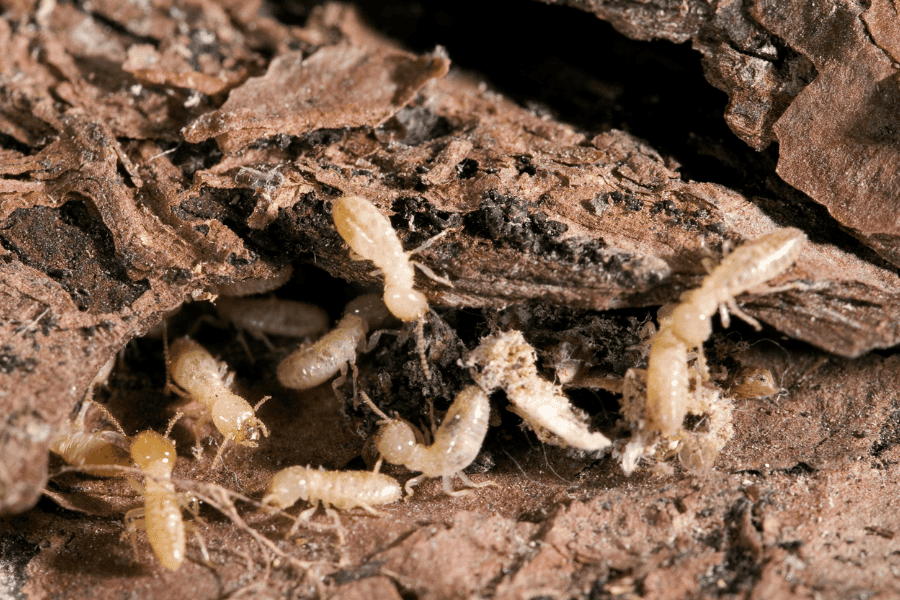
Termites, sometimes called the “silent destroyers”, will cause considerable damage to your Auburn home if left unchecked. In Alabama, subterranean termites are most common, and these tiny insects thrive in the warm, humid climate that we deal with, making termite prevention a crucial part of maintaining your household. Here’s an easy guide on what you need to know to protect your home from termites.
Termites can cause extensive damage to wooden structures, often going unnoticed until significant harm is done. These pests chew through wood, flooring, and even wallpaper, compromising the structural integrity of your home. Repairing termite damage can be costly and time-consuming, which is why prevention is key.
Recognizing the early signs of a termite invasion can help you act before too much damage occurs. Here are a few indicators to watch for:
Early detection of termite damage can save you from more extensive repairs. Look for:
Preventing termites involves proactive measures to make your home less inviting to these pests. Here are some effective strategies:
In Auburn, the warm climate is conducive to termite activity year-round. Local regulations may influence the use of certain treatments, particularly chemical solutions. Consulting with a local pest control professional ensures that you follow guidelines and use the most effective treatments for your home.
Termites may be small, but their potential for damage is enormous. By staying vigilant and implementing preventive measures, you can protect your Auburn home and maintain its value. If you have noticed termite activity or signs at your home, call a pest control company near you as soon as possible. These professionals will provide you with the best plan of action for termite control in order to eliminate and prevent them in the future.

Subterranean termites are a significant concern for homeowners in Georgia, causing extensive damage to wooden structures if left untreated. Understanding how to identify these pests, recognizing the signs of an infestation, and knowing the various treatment options available are crucial steps in protecting your home. In this blog, we will explore what subterranean termites look like, the signs of their presence, the best treatments for eliminating them, and essential prevention tips to keep your home termite-free.
Subterranean termites are small, creamy-white to dark brown insects, typically about 1/8 to 3/8 inch long. They have soft bodies and are often mistaken for ants, though they can be distinguished by their straight antennae, uniform waists, and wings of equal length when swarming. Identifying these termites correctly is the first step in implementing effective termite control.
Recognizing the signs of a subterranean termite infestation early can save homeowners from extensive and costly repairs. Key indicators include:
There are several effective treatments for subterranean termites, each with its benefits and considerations. Here are the most commonly used methods:
Preventing subterranean termites from invading your home is crucial. Here are some practical tips to keep these pests at bay:
Subterranean termites are a serious threat to homes in Georgia, but with the right knowledge and proactive measures, you can protect your property from these destructive pests. Identifying what subterranean termites look like, recognizing the signs of an infestation, and choosing the best treatment method are essential steps in effective termite control. Additionally, implementing preventive measures can help keep your home termite-free. If you suspect a termite infestation, contact a reputable termite control company to conduct a thorough inspection and recommend the best course of action.
By staying vigilant and informed, you can safeguard your home against the costly damage caused by termites.
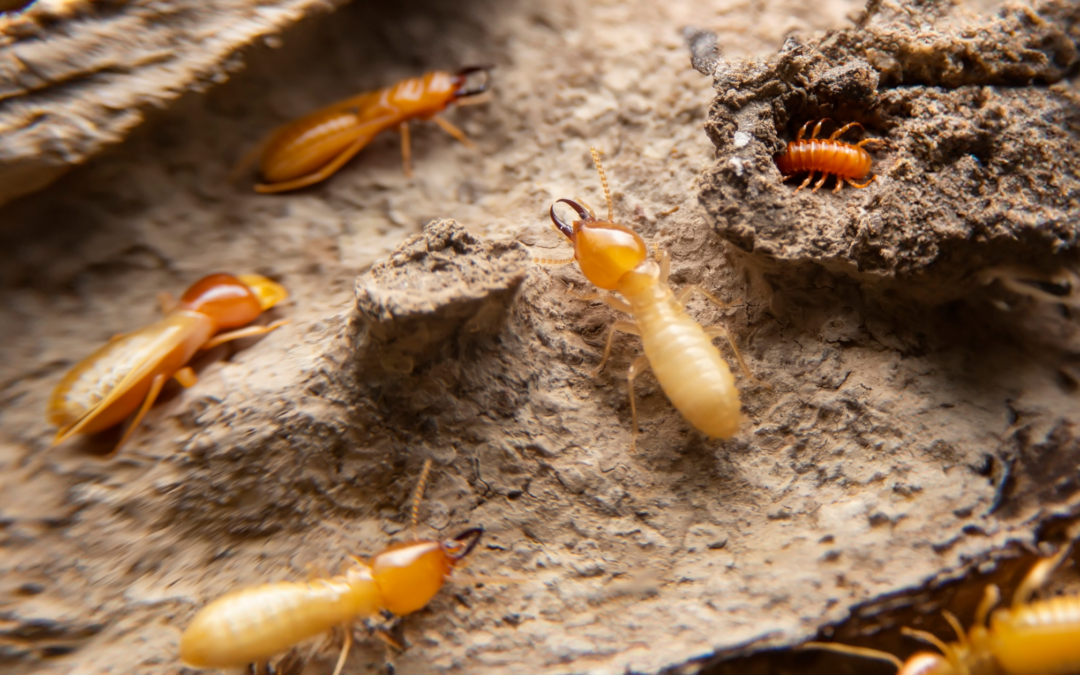
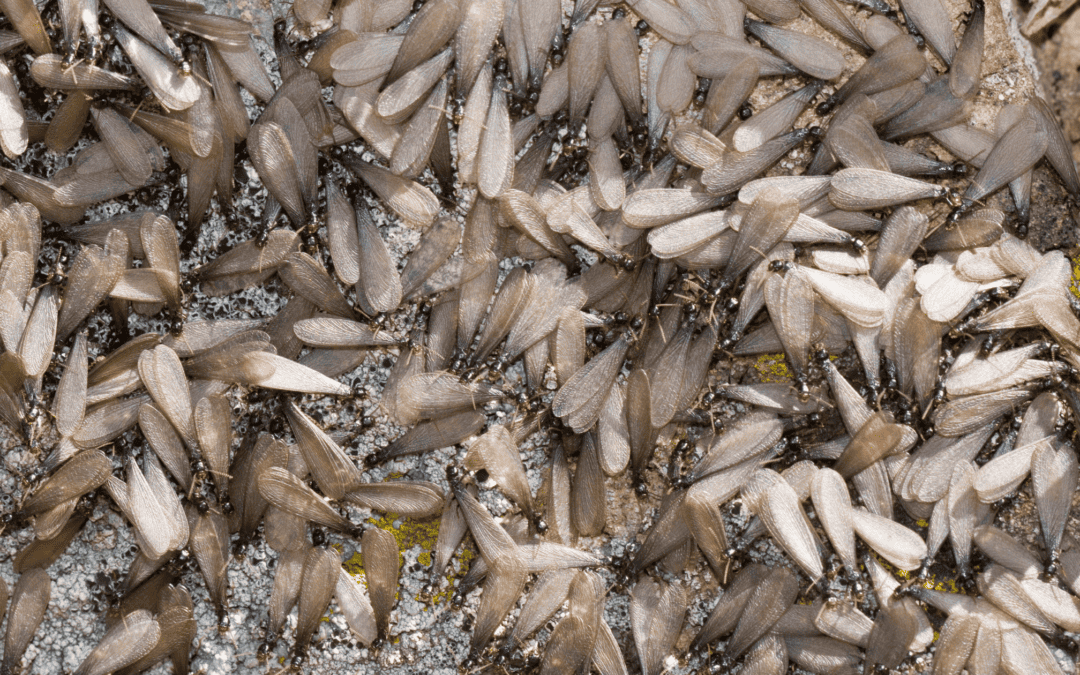
As spring approaches in Georgia, so does the dreaded termite swarming season. For homeowners, this time of year can be particularly nerve-wracking as swarms of termites take flight, searching for new places to establish colonies. Understanding what swarming termites are, how to differentiate them from flying ants, and taking proactive steps to prevent infestations can save you from potential damage to your home. Here’s everything you need to know to prepare for termite swarming season in Georgia.
Swarming termites, also known as alates or swarmers, are reproductive termites tasked with starting new colonies. These winged insects emerge from mature termite colonies in search of mates and suitable locations to establish their own nests. Swarms typically occur in the spring, triggered by warm temperatures and high humidity levels, making Georgia’s climate ideal for termite activity.
Termite swarming season in Georgia typically occurs from late February through May, with peak activity often seen in April. During this time, homeowners should remain vigilant for signs of termite activity both indoors and outdoors.
Distinguishing between swarming termites and flying ants is crucial for effective pest control. While both insects have wings and swarm during the spring, several key differences can help you identify them:
Identifying the signs of termite swarms early can prevent costly damage to your home. Look out for the following indicators:
If you encounter swarming termites in or around your home, it’s essential to act swiftly:
Prevention is key to protecting your home from termite infestations. Here are some tips to reduce the risk of termite damage:
By understanding the behavior of swarming termites, recognizing the signs of infestation, and implementing preventive measures, you can safeguard your home against these destructive pests. Remember, if you suspect a termite problem, don’t hesitate to contact a professional termite control company near you for assistance.
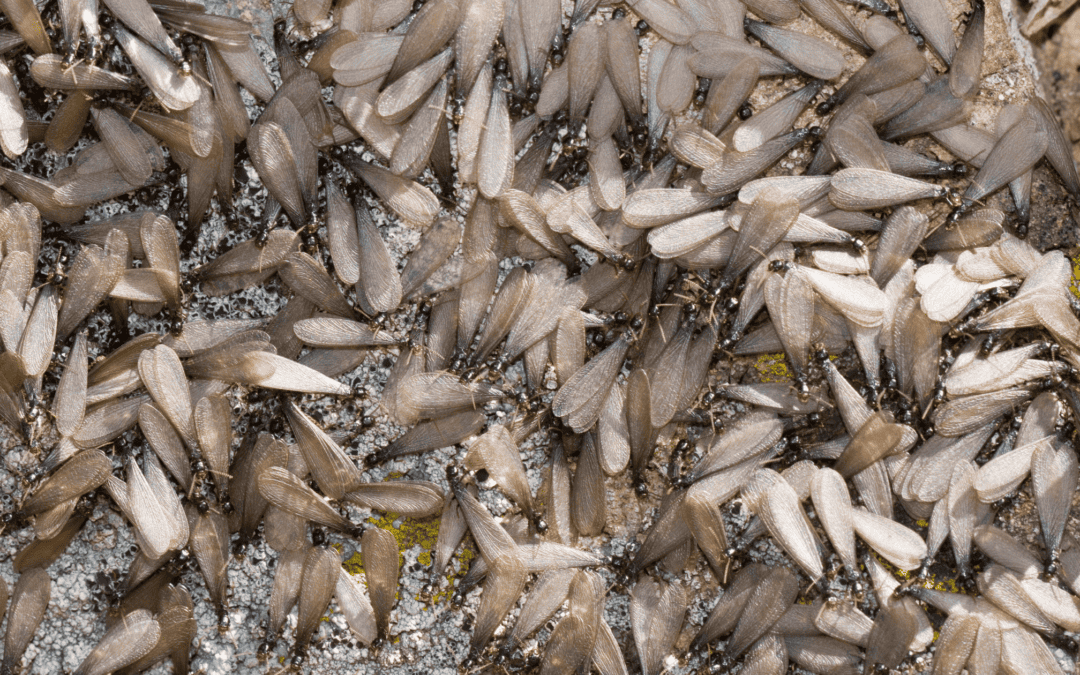
As spring approaches in Georgia, so does the dreaded termite swarming season. For homeowners, this annual event can be a cause for concern, as it signals the potential presence of destructive pests in and around their homes. In this guide, we’ll delve into what swarming termites are, when swarming season occurs, what termite swarms indicate, and crucial tips for termite prevention.
Swarming termites are reproductive members of a termite colony. These winged insects emerge from their nests in large numbers during specific times of the year to mate and establish new colonies. Their primary goal is to find a mate and locate a suitable location to start a new colony, often in or around homes.
In Georgia, termite swarming season typically occurs in the spring, between March and May. However, it can vary depending on factors such as temperature and humidity. Warm, humid conditions following rainfall trigger swarming behavior in termites, making spring the peak season for infestations.
The presence of termite swarms near or inside your home is a strong indicator of an existing termite infestation or the potential for one. Swarming termites may be found indoors near windows, doors, or light sources, as they are attracted to light. Additionally, discarded wings near windowsills or on the floor may indicate that a termite swarm has occurred.
Don’t wait until it’s too late to safeguard your home from termites. Contact a pest control company near you today for a free termite control quote and protect your investment against these destructive pests.
Being aware of termite swarming season and taking proactive measures for termite prevention are vital steps for Georgia homeowners to protect their properties. By understanding the behavior of swarming termites and implementing preventive strategies, you can ensure a termite-free home for years to come.
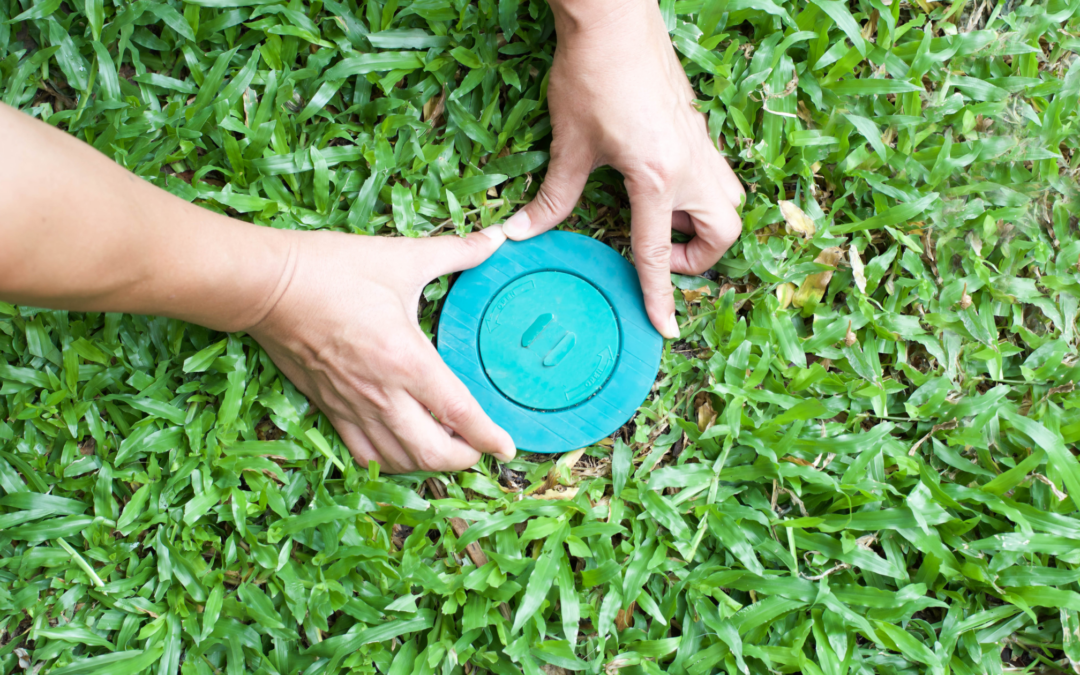
Termites can be a silent threat to the structural integrity of your home, and in Georgia, where the climate is conducive to termite activity, it’s essential to be proactive in termite control. In this blog post, we’ll explore how often you should treat for termites, common types of termites found in Georgia, signs of termite damage, the importance of annual inspections, preventive measures, and what to do if termites invade your home.
Georgia is home to several termite species, with the most common being subterranean termites, drywood termites, and Formosan termites. Each species poses unique challenges, making it crucial to understand their behavior for effective termite control.
Recognizing termite damage early is key to minimizing the impact on your home. Look out for hollow-sounding wood, mud tubes on exterior walls, discarded wings near windows and doors, and visible damage to wooden structures. If you notice any of these signs, it’s time to take action.
To stay ahead of potential termite infestations, annual inspections are a must. Professional termite control companies in Georgia offer thorough inspections to detect early signs of termite activity, providing peace of mind and safeguarding your investment.
Prevention is the first line of defense against termites. Keep woodpiles away from your home, ensure proper drainage to prevent water accumulation near the foundation, and seal any cracks or crevices in your home’s exterior. Additionally, consider opting for pressure-treated wood in construction projects.
Discovering termites in your home can be alarming, but swift action is crucial. Contact a reputable termite control company immediately. Professional pest control experts will assess the extent of the infestation, recommend a tailored treatment plan, and provide guidance on preventing future occurrences.
Protecting your home from termites requires a proactive approach. By understanding the types of termites, recognizing signs of damage, prioritizing annual inspections, implementing preventive measures, and seeking professional help when needed, you can ensure a termite-free living space. Take the first step in termite control – request a free quote and secure the longevity of your home.
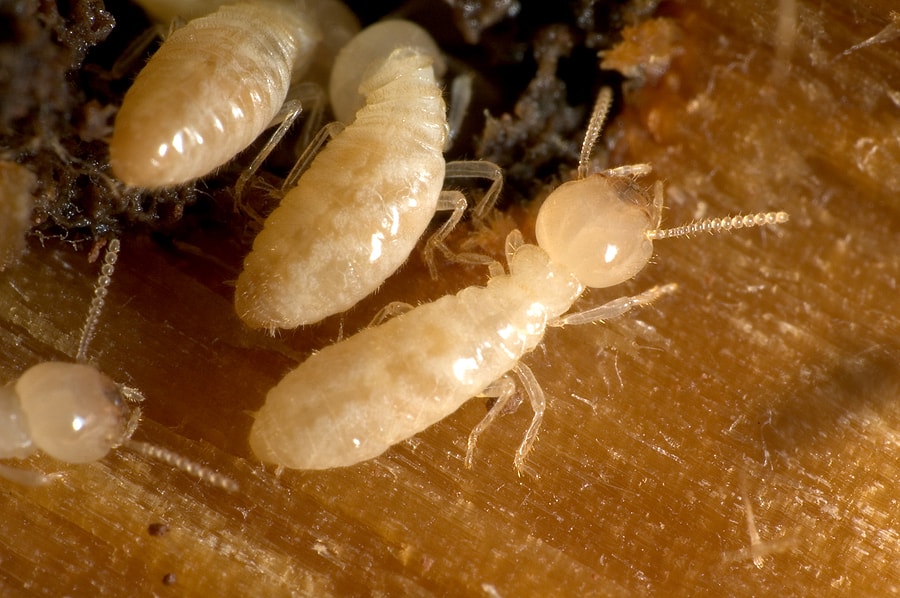
As winter settles in Georgia, many homeowners may breathe a sigh of relief, thinking that pests like termites take a break during the colder months. However, the reality is that termites are resilient creatures, capable of surviving and even thriving in the cold. In this blog post, we’ll explore whether termites are active in winter, how they avoid the cold weather, when termite season hits Georgia, and most importantly, effective ways to prevent termites in winter.
Contrary to popular belief, termites remain active even in the colder months. While they may slow down their activity, they don’t go dormant. Termites are cold-blooded insects, meaning their body temperature is influenced by their environment. In warmer climates like Georgia, termites may continue their destructive habits throughout the year.
Termites are well-adapted to survive harsh conditions. Subterranean termites, one of the most common types in Georgia, create elaborate underground tunnels that provide a stable and temperature-controlled environment. These tunnels help them avoid extreme temperatures, including the cold of winter. Additionally, termites may move deeper into the soil where temperatures are more stable.
Termite season in Georgia typically starts in spring and extends through the early fall. This is when termites are most active and likely to swarm, seeking new locations to establish colonies. However, as mentioned earlier, they remain active throughout the year, making continuous termite control efforts crucial for homeowners.
Don’t wait until termite damage becomes evident. Protect your home by taking proactive measures against termites, especially during the winter months. Request a free termite control quote today and let our experts safeguard your home against these persistent pests. Don’t let termites take advantage of the winter season. Invest in termite prevention now and enjoy peace of mind throughout the year. Contact your local pest control company today and take the first step toward a termite-free home.
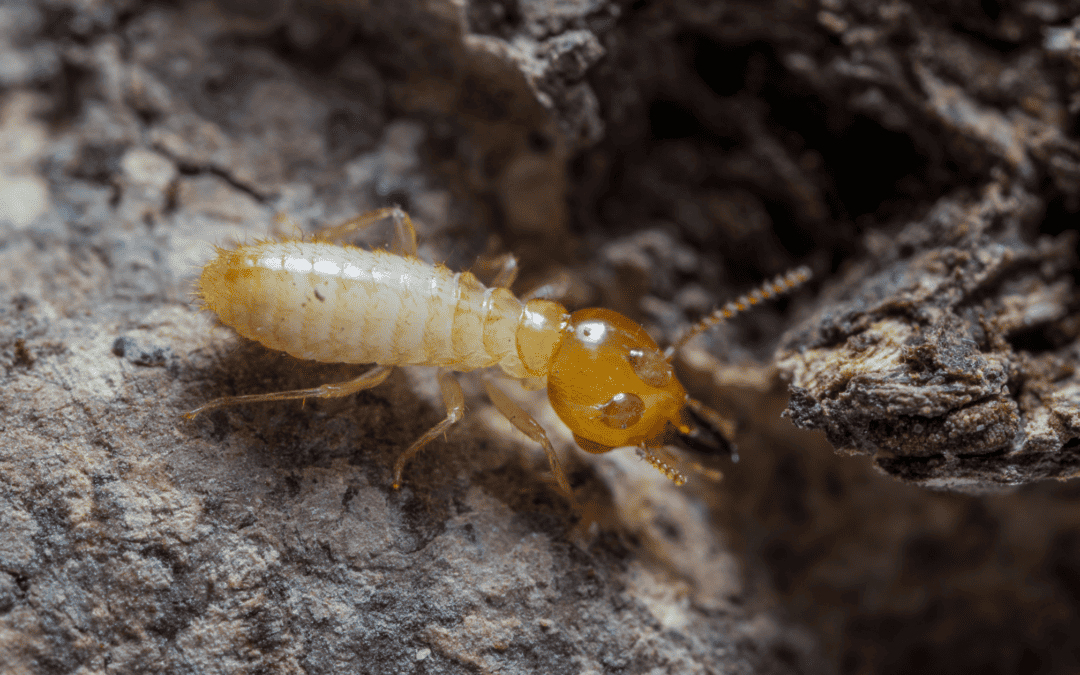
Winter in Georgia may bring chilly temperatures, but for homeowners, it’s no time to let their guard down, especially when it comes to termite control. Contrary to popular belief, termites can remain active during the colder months, making it crucial to stay vigilant year-round. In this blog post, we’ll explore the types of termites found in Georgia, the concept of a termite season, signs of a termite infestation, and essential tips for prevention.
Georgia is home to several termite species, with the most common being Eastern Subterranean Termites, Formosan Subterranean Termites, and Drywood Termites. Each type poses its own set of challenges for homeowners, making termite control a necessity.
While many associate termite activity with warmer months, Georgia’s mild climate means that termites can remain active throughout the year. There might be a slight slowdown in winter, but it’s a mistake to assume that termites take a complete hiatus. In fact, their activity might even go unnoticed, making it crucial for homeowners to be proactive in their termite control efforts.
Detecting termite activity early is key to preventing extensive damage. Keep an eye out for the following signs:
Prevention is the best defense against termites. Here are some tips to protect your home:
Don’t wait until it’s too late. Safeguard your home from termite damage by requesting a free termite control quote from our experienced team. Our experts are ready to assess your property, identify potential risks, and implement effective termite control measures tailored to your needs.
In conclusion, termites in Georgia don’t take a winter vacation. Stay informed, remain vigilant, and take proactive steps to protect your home from these silent invaders. Contact a professional pest control company today for a comprehensive termite control solution and ensure your home stays termite-free year-round.